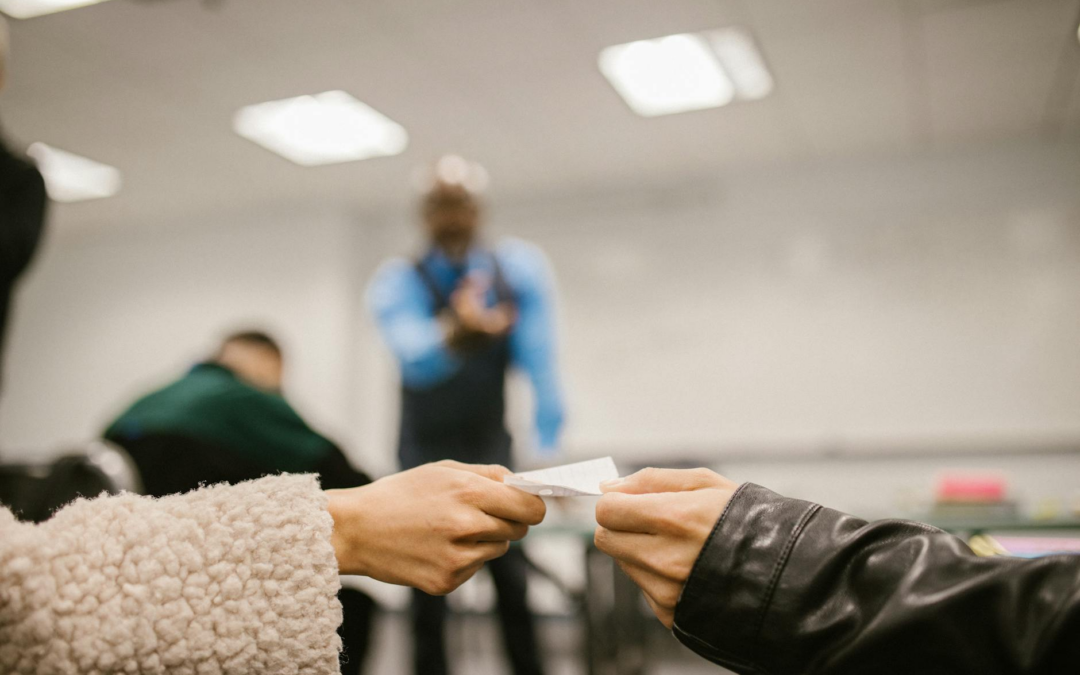Is “Thank you” really a simple gesture?
The highest ROI management tool I know is one that is available to everyone, costs essentially nothing, and is a proven driver of workplace productivity.
That tool is gratitude.
As obvious as this may sound to some, it is oftentimes overlooked, particularly in companies and among teams for whom seemingly no results are good enough and no bar is ever set high enough. Yet, developing a high-performance culture and one that encourages the expression of gratitude shouldn’t be at odds. To the contrary, recognition can be an invaluable source of motivation and subsequently inspire people to do their best work. Looking back on my career, I’ve seen and experienced this dynamic more times than I can count, and conversely, have witnessed the negative repercussions of managers who take their teams for granted. Here are a few things to consider the next time you’re inclined to show your appreciation for a job well done:

Not all thank yous are created equal. Be thoughtful about the how. Sometimes it’s best to do it in person, in the moment. Other times, an email or call might make sense, especially if the person is remote. Some of the most memorable thank yous I’ve received were handwritten notes (a few of which I still keep on a table behind my desk in the office). Reid Hoffman, the founder of LinkedIn, has elevated this kind of recognition to an art form. For example, mention offhandedly to him that you like dark chocolate, and don’t be surprised if several months later, he returns back from his latest trip to Europe with a few specialty bars he purchased for you, inevitably delivered with a resounding thanks for the positive difference you’re making to the company.
2. Be genuine
More often than not, the words you communicate are not nearly as important as the thought and energy behind them. The person on the receiving end can tell the difference between someone going through the motions and deeply heartfelt appreciation. When it comes to expressing gratitude, always be 100% genuine. For example, the next time an email thread starts up congratulating a team on their most recent win, try to refrain from adding the fifth or sixth “Great job!” and give some thought to why you’re appreciative for their specific accomplishment. Conveying the latter will make all the difference. Recently, I was asked to join one of our teams in celebrating their recent launch of a major product initiative. In addition to the standard t-shirts, cupcakes, and group photo, the team member who organized the event also asked another exec and me to share the best compliment we had heard about the product, and some of the key learnings we took away from the launch. The team was so appreciative of the positive feedback that we ended up receiving thank-yous for our thank-yous.
3. Pick your spots
When thinking about when to give thanks, make sure to apply The Goldilocks Principle: Compliment someone too often and your words will ultimately ring hollow; don’t say thank-you enough and your top talent will ultimately feel so under-appreciated you’ll potentially face retention issues. However, express appreciation at just the right time and you’ll make a huge difference in the way that person thinks about their role and what it means to be a part of your team. For those more quantitatively inclined, there has actually been research done on the optimal ratio to achieve when communicating positive vs. negative feedback. It’s called the Losada Ratio (and the answer is 2.9x.)
4. Solicit suggestions
When your organization is smaller, and everyone is located in one place, it’s fairly easy to be aware of who is doing what and is most deserving of praise. However, as a successful organization inevitably scales to larger numbers of employees and multiple offices around the world, it can become more challenging to stay on top of the day-to-day progress of the team. One way of overcoming this dynamic is by making sure you remain in the flow of information regarding their wins, e.g. dashboards, wikis, weekly updates, etc. At LinkedIn, we conduct a global all-hands every other week which provides a natural channel to identify and recognize some of the team’s most important accomplishments. Another effective technique is to just ask. From time to time, remind your directs to mention individuals or teams you may have less direct exposure to, but who they feel are deserving of a special call-out. The further away from headquarters they sit, and the more junior they are, the better. You’ll be amazed at how appreciative the people on the receiving end of those calls and emails will be.
5. Learn how to take a compliment
The better you are at receiving a compliment, the more effective you’ll be at giving one. Many people struggle when on the receiving end of a kind word, inevitably looking down at their shoes, shuffling uncomfortably, and mumbling something about how it was truly a team effort. While humility is a highly valued trait, disconnection is not, yet the latter is typically what happens when these scenarios play out. The next time someone compliments you on a job well done, try grounding yourself from the feet up, look the person straight in the eye, and let them know how much it means to you. That sense of recognition and connection is what we’re all trying to achieve. It’s also what ultimately makes the difference between a perfunctory thank you and an expression of gratitude the recipient won’t soon forget.
One last note: Every now and again, I will be reminded of the first time I shared my views on the importance of gratitude with an individual. Despite the fact that a conversation may have taken place years ago, there is a sincere ‘thanks’ each time we talk. These words may be a simple gesture in speech, but carry a huge role in promoting self esteem and success.








